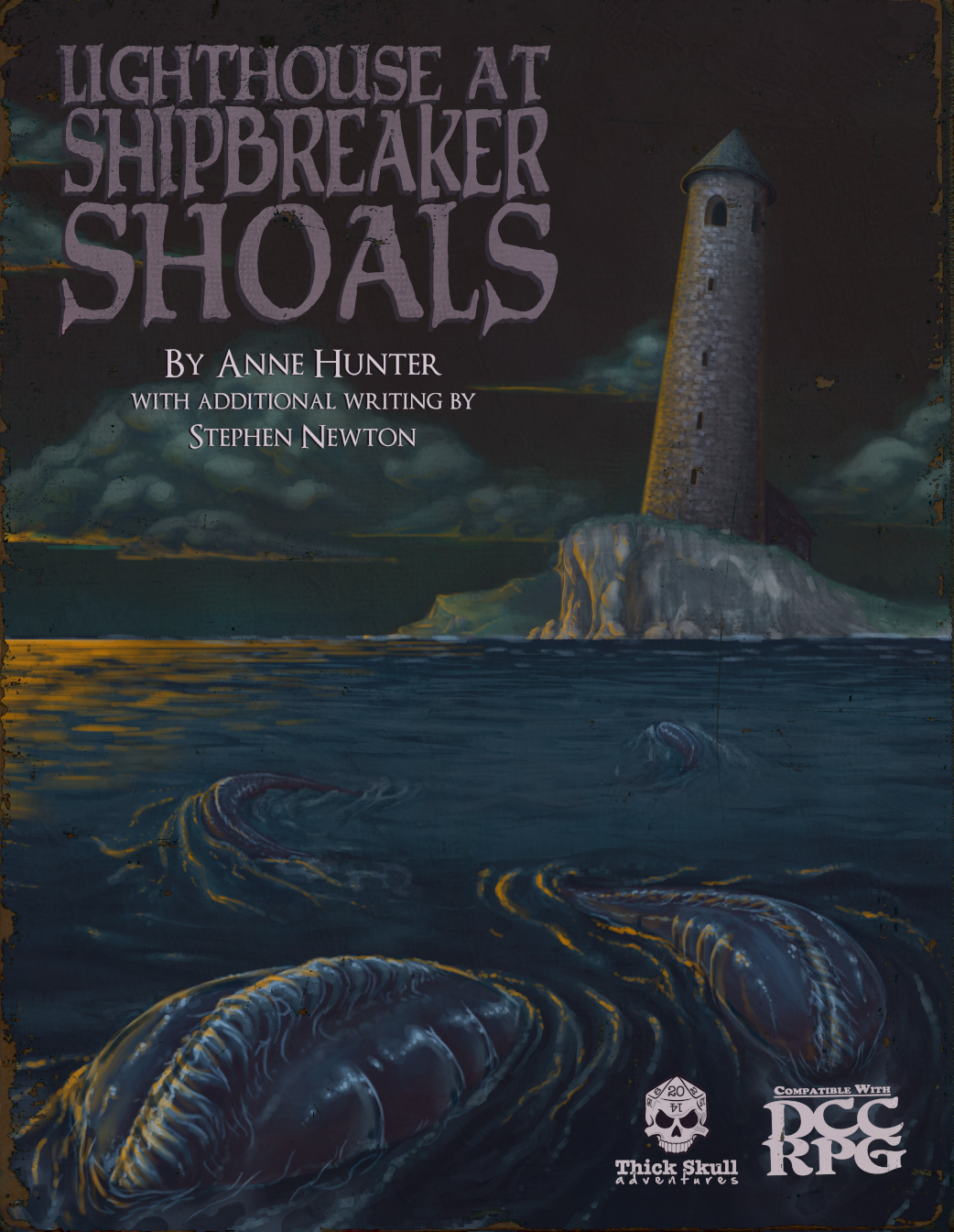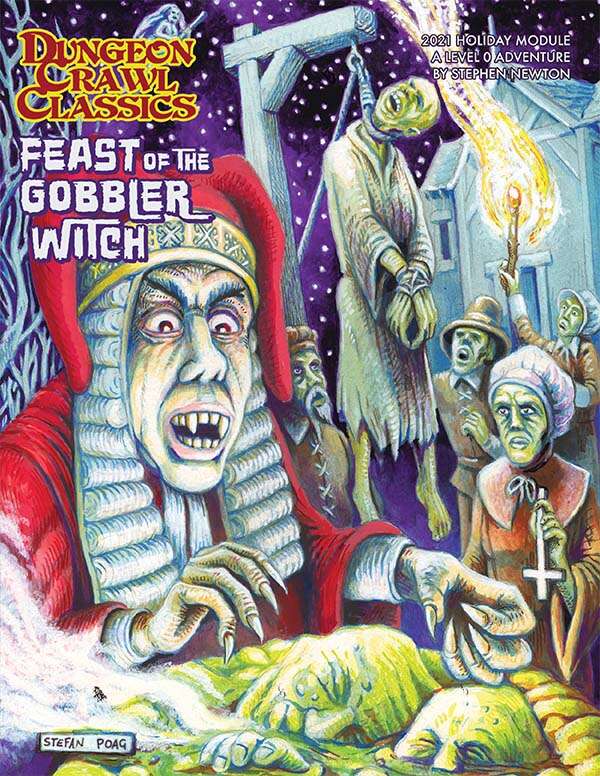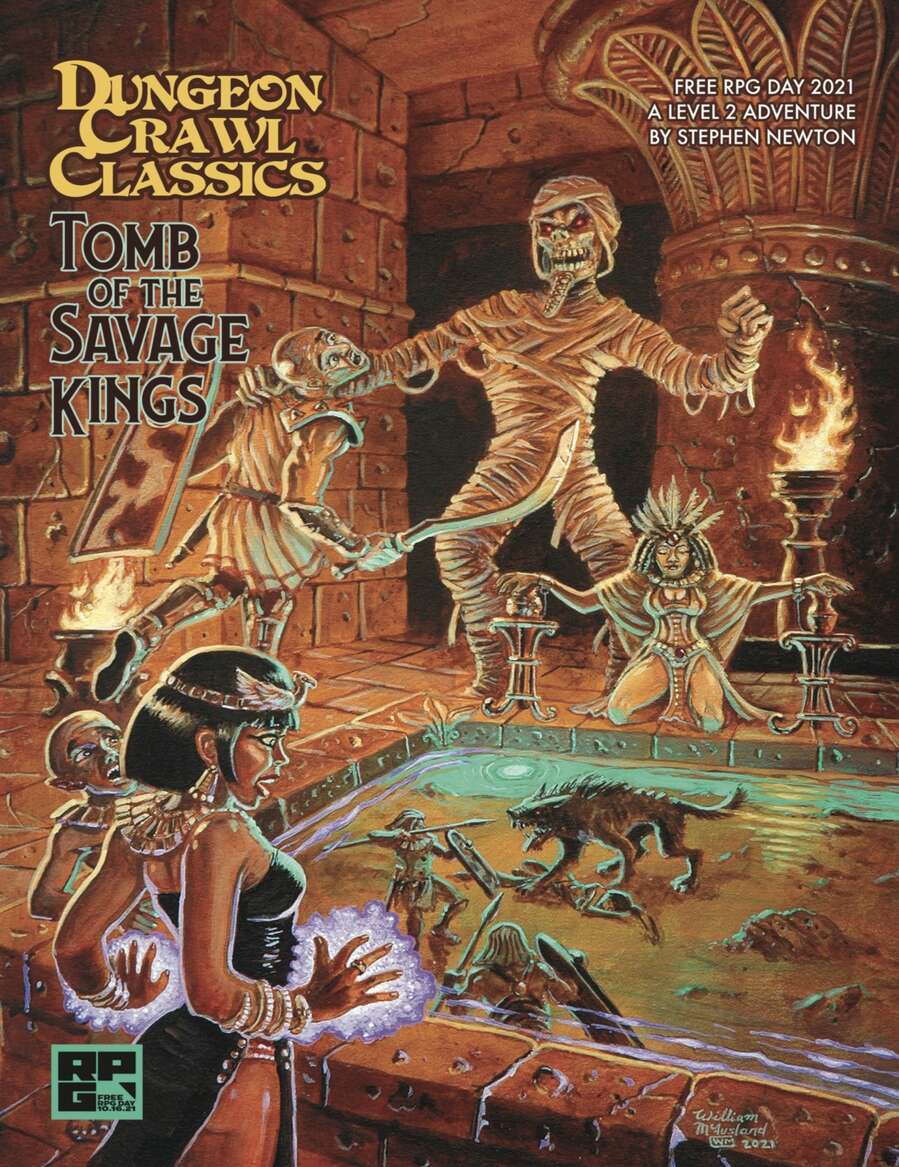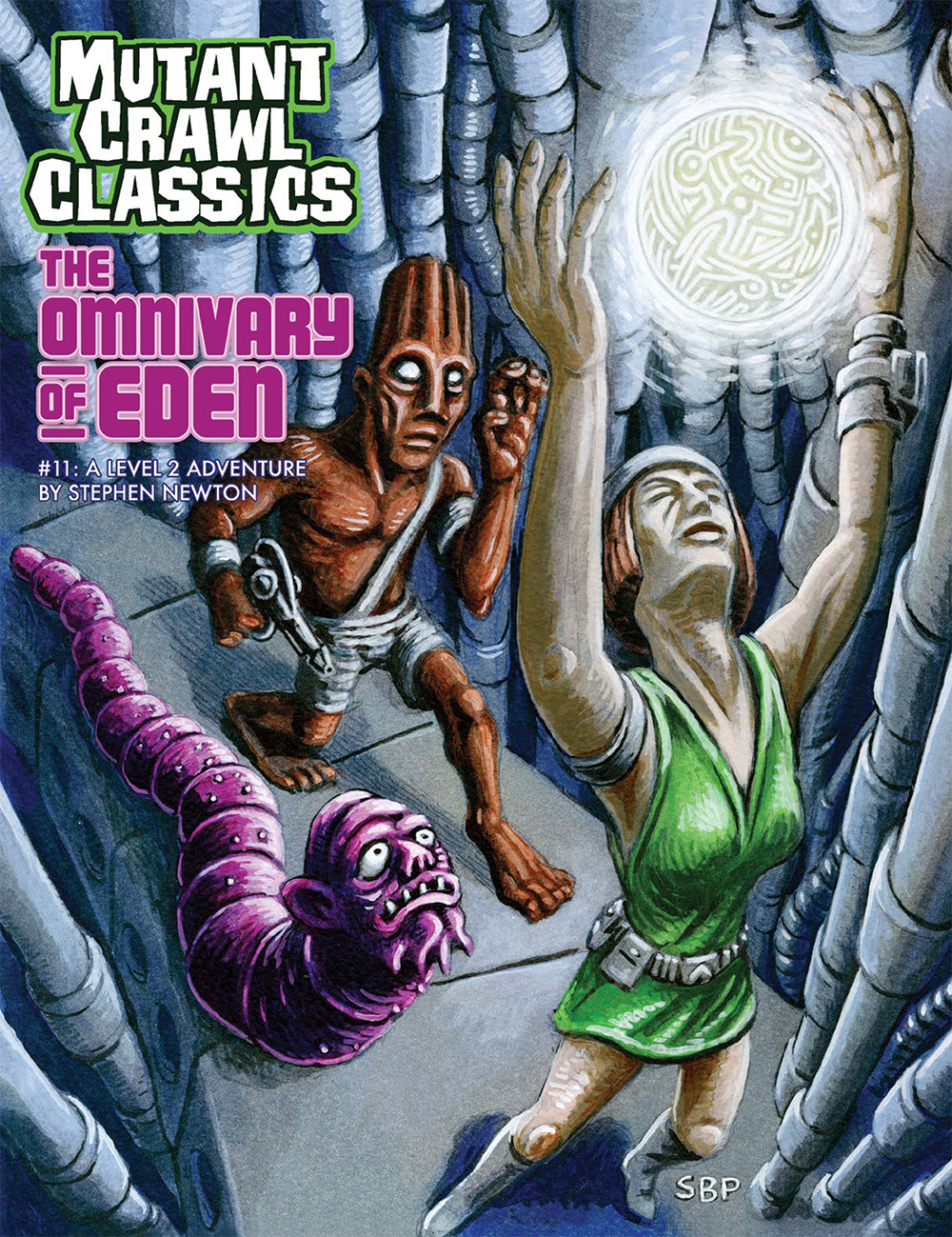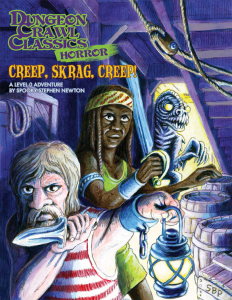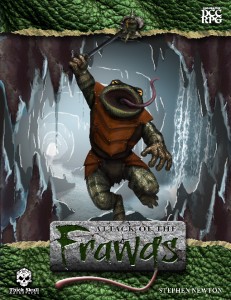Lately, I have been impressed with how some publishers in the Dungeons and Dragons community, like the good folks at Emerald Press, Nevermet Press and others, have been extremely forthcoming in blog posts with sales figures and other internal company workings. In that same spirit, this post is my attempt to be equally candid for the benefit of others thinking about writing their own adventures.
While I fully intend to write additional articles that cover more aspects of the writing process, this article is specifically focused on the value I’ve personally received from the playtesting process – captured while still fresh in my mind – and how it has influenced the design of the forthcoming Larvik Island – including the title of the module itself – before publication. Hopefully it will be of some value for other authors writing an adventure for the first time.
Tip 1: Plan Enough Time
My initial goals were to DM the module once myself with the group of gamers that I’ve played with for years, and also running it by a GM that was experiencing the module “cold” – reading and experiencing the story without pre-knowledge or expectations. The module currently has 14 keyed encounters and we play about once every two weeks so it has taken several months to make it through the entire adventure, longer than I had originally anticipated. So the first piece of advice for authors is plan enough time for playtesting. In my original development schedule, I’d envisioned completing the first draft of the module in November 2010 (a milestone I did meet) and completing initial playtesting and map creation by February 2011 so I could play it at Dundracon here in the Bay Area (a milestone I did not meet.)
Running the campaign myself, I made the types of edits to the adventure you’d probably expect: tweaks to the story, slight modifications to the encounters, cleaned up typos and grammatical errors as I found them and so on. The module is a story-driven adventure with puzzle-clues leading the party towards the climax, so this experience was helpful in making sure the clues throughout the adventure were working the way I’d envisioned, and indeed modifications were made as I progressed. (BTW, I will be writing another article about “Designing a Story Driven Adventure” once the module is published and I can be more forthcoming without issuing spoilers).
Tip 2: Fresh Eyes & Focus Groups
The biggest obstacle I think many new writers will find when running a module they’ve written themselves is just recognizing that they know the material thoroughly and will inherently embellish parts of the story as they play. And while it’s assumed that most GMs will indeed change a module to fit their campaign, what may be overlooked is that critical information may be missing from the writing. NPC motivations, the clarity of puzzles, and readability in general will be clarified by finding a GM who is new to the material to read and playtest the module. Fortunately for me, I have access to a local game store – Game Kastle in Santa Clara, CA. With their help, I was able to recruit Jeff Mitchell, an experienced DM very familiar with the 4E D&D game mechanics, to give the encounters a thorough scrub. Jeff has now been running the adventure with a group of players with various levels of 4th edition gaming experience keeping detailed notes as he prepares and plays the adventure.
During the game sessions, I sit in the background (mostly silently, focus group style) watching Jeff interpret and adapt the story for his campaign setting. I take notes and edit as they play. I’m confident that not only do these sessions increase the quality of the module, it’s also extremely rewarding to see first hand others enjoying your adventure! That was, after all, one of the primary motivations for writing the adventure in the first place – to hopefully provide others in the D&D community entertainment like I’ve enjoyed with the game for years. At the end of the game session, Jeff and I meet one-on-one and discuss what we both think worked and where improvements could possibly be made.
Tip 3: Open Your Mind, The Story May Change
As mentioned earlier, when I DM’d the story myself, I did some tweaks to the writing as I went, but those changes were still basically refinements to my original story. As I’ve watched Jeff DM the adventure and listen to his feedback, it became clear that while I personally thought I had a tight story, there is always room for improvement. And while Jeff has been very sensitive with improvement suggestions prefacing them with classic quotes like “…just a suggestion…” or “…it’s your baby, but…”, remember this: you should seek out an external GM for a reason – and that reason is to improve the quality of your product, and sometimes that means your story may need to be modified. This may seem a uncomfortable at first. Encounters you’ve worked hours to perfect may still require modification; monsters you’ve carefully crafted may not be appropriate for a particular encounter, etc. Go with it and trust that the product will be better for it. As an example, in last night’s game, we discussed how the working title of the module itself “Larvik Island” lacked punch and needed to reflect that this is a story-based adventure as well as the first of a series. What’s more personal than what you’ve been using to refer to your writing project for the last year?
Tip 4: You’re Not Done Yet
This is probably an “of course” tip for most experienced game designers, but is worth repeating here to help set expectations for us newbies: you’re not done yet. When I’d started this phase of the project I felt so close to completion I swore I could smell the ink on my fingers. The playtesting has resulted in no small amount of re-writing: changes to monster statistics, new descriptions to maintain continuity, and in some cases, large passages of new text to improve readability to get GM’s up and running quickly. The adventure “chapters” in some cases have gone through major revisions requiring new Adobe InDesign layouts. And, of course, there is the seemingly never-ending swarm of typos that require squashing. At this point, I feel I have read this adventure 1000 times now, and yet, there is always “one more typo” that I seem to have missed.
The Final Word: It’s My Fault
So, hopefully, in a few short months, Larvik island (or perhaps The Mystery of Larvik Island or maybe The Quest for Larvik’s Gold… you get the idea…) will be printed and distributed as well as made available for purchase via PDF. And I just want to be clear: while Jeff and the other playtesters have done a fantastic job helping me with feedback, edits, and proofreading, ultimately it will be my responsibility to make sure that I did everything I could under my self-imposed deadlines to make sure the adventure was easy to understand and typo free. The blame for any gaffes you find when you sit down to read the module must be pointed squarely at me. That said, if you do enjoy the writing, and find that any particular encounter or NPC seemed well written, I will insist you share the credit with them.
Thanks for reading and I hope you all eventually enjoy the adventure!
-S-

